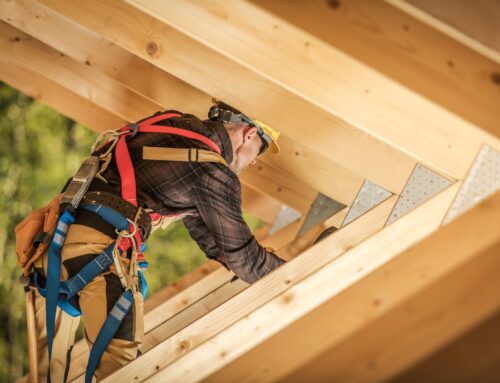30 years ago, the so-called Westray affair was one of the worst workplace disasters in Canadian history. At 5:20 AM on May 9, 1992, an explosion tore through an underground coal mine in Plymouth, Nova Scotia. Fires started. The ground above collapsed. None of the 26 miners inside the mine came out alive.
What made it especially hard to take was that it was preventable.
The mine operators knew that combustible methane gases were building up inside the mines but didn’t provide necessary ventilation or take other steps to abate the problem. Worse, the officials failed to warn the miners of the danger. They just kept sending them down the mines.
What produced the spark that set off the all but inevitable explosion was never found. But it was probably one of the cutting machines used in the mine.
The Westray disaster and subsequent miscarriage of justice produced a public outcry and a demand for tougher laws. The result was a new national law called Bill C-45, which took effect in 2004. C-45 is designed to ensure that if, heaven forbid, another disaster like Westray were to occur, companies and their officials will be held accountable.
How many times have you told a worker to continue their work – knowing that in the back of your mind – maybe you should get that issue looked at later? How many times have you told someone to stop work immediately until the problem was fixed? Sadly, most people fall into the first category rather than the latter.
There are multiple ways to identify potential hazards in the workplace. From regular maintenance checks to near miss reporting and follow-up there is no shortage or ways to ensure everyone gets home at the end of the day. A lesson that Westray taught many too little too late.
Hazard identification can be done:
- During design and implementation
- Before tasks are done
- While tasks are being done
- During inspections
- After incidents
The good news is that once you have identified an issue, you have the power to prevent an incident. Are you doing everything you need to do to make sure potential hazards are caught and fixed?






